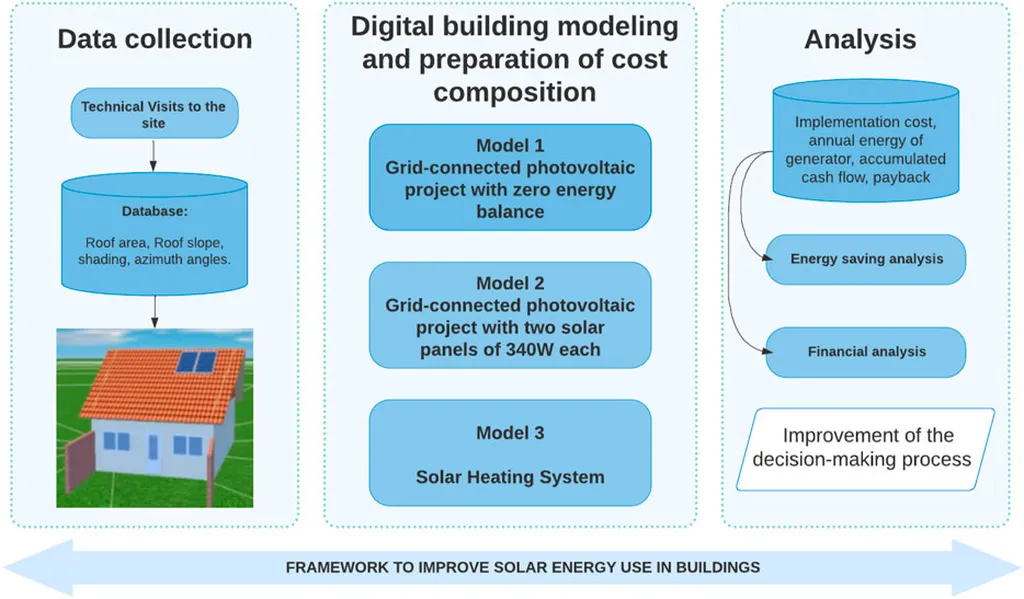In the world of large-scale construction and energy infrastructure, rockfill materials play a pivotal role, offering a robust and cost-effective solution for dams, protective slope linings, and drainage systems. However, predicting their mechanical behavior has long been a challenge, often relying on literature data due to the impracticality of full-scale tests. A recent study published in the REM: International Engineering Journal (Revista de Engenharia Mecânica, translated to English as Journal of Mechanical Engineering) by Tennison Freire de Souza Junior, a researcher affiliated with the Federal University of Rio de Janeiro, sheds new light on this critical issue.
The study investigates the shear stress versus relative displacement behavior and the friction angle of failure in large-scale shear tests on rockfill samples with varying mean diameters. The research is a significant step forward in understanding and predicting the behavior of rockfill materials, which are crucial in the construction of rockfill dams and other energy sector infrastructure.
“Our findings demonstrate that the hyperbolic model by Clough and Duncan (1971) and Teixeira (2003), when properly calibrated, can accurately simulate the mechanical behavior of rockfill,” said Tennison Freire de Souza Junior, lead author of the study. This is a game-changer for the industry, as it provides a more reliable method for estimating resistance and elastoplastic parameters, which are essential for the design and safety of large-scale structures.
The commercial impacts of this research are substantial. Accurate prediction of rockfill behavior can lead to more efficient and safer designs, reducing construction costs and mitigating risks. This is particularly relevant for the energy sector, where the stability and longevity of infrastructure are paramount. For instance, in the construction of hydroelectric dams, which often rely on rockfill materials, this research can contribute to more precise engineering designs, enhancing the overall performance and safety of these critical energy infrastructure projects.
Moreover, the study’s findings can also influence the stabilization of natural slopes and the construction of protective slope linings, which are vital for preventing landslides and erosion. This has implications not only for the energy sector but also for urban planning and environmental conservation.
The research also highlights the importance of large-scale shear tests in understanding the behavior of rockfill materials. While such tests are challenging and costly, they provide valuable data that can be used to calibrate mathematical models, improving their accuracy and reliability.
As the energy sector continues to evolve, with a growing focus on renewable energy sources and sustainable infrastructure, the demand for robust and cost-effective construction materials like rockfill is expected to increase. This research by Tennison Freire de Souza Junior and his team provides a valuable tool for the industry, paving the way for more efficient and safer designs.
In conclusion, this study is a significant contribution to the field of geotechnical engineering, with far-reaching implications for the energy sector and beyond. It underscores the importance of ongoing research and innovation in developing more accurate and reliable methods for predicting the behavior of construction materials. As the lead author noted, “This research is not just about understanding rockfill materials; it’s about advancing our capabilities in designing and building safer, more efficient infrastructure for the future.”

